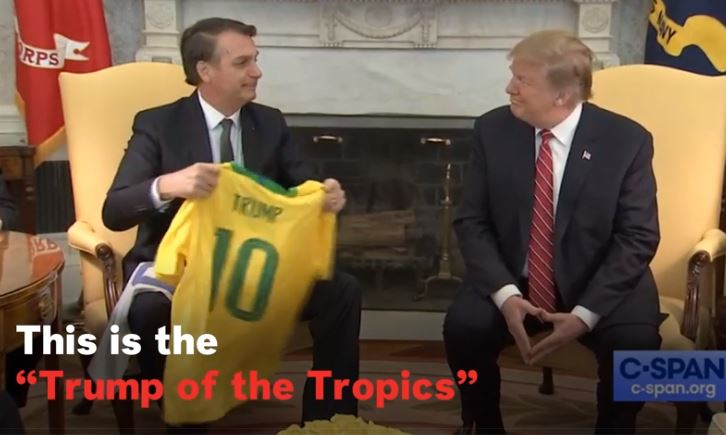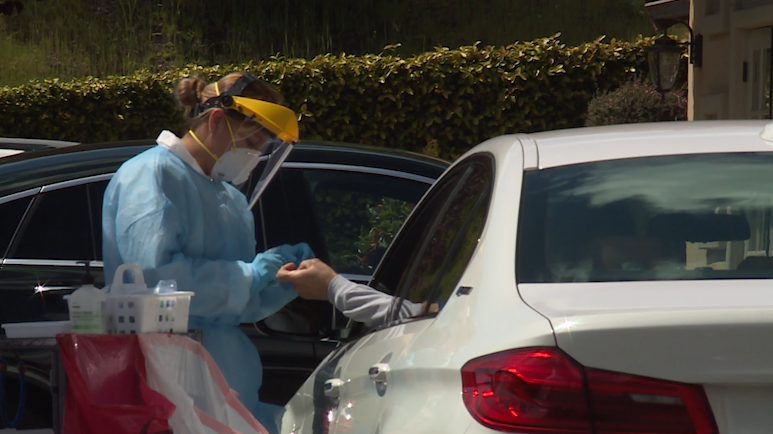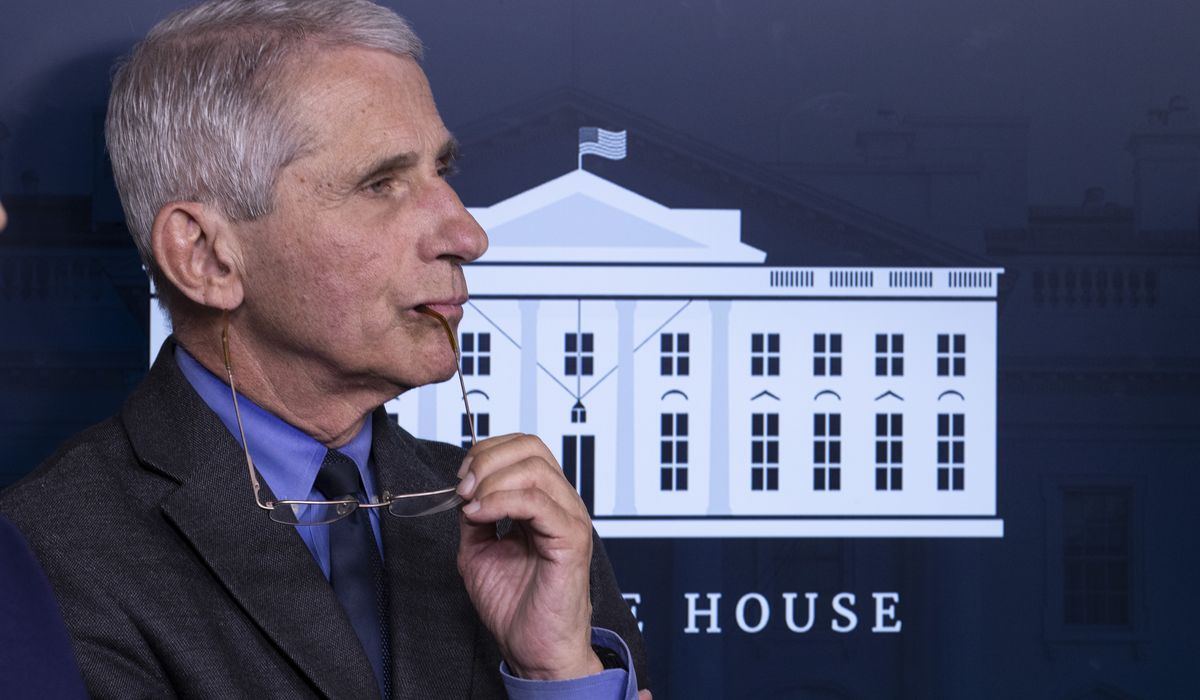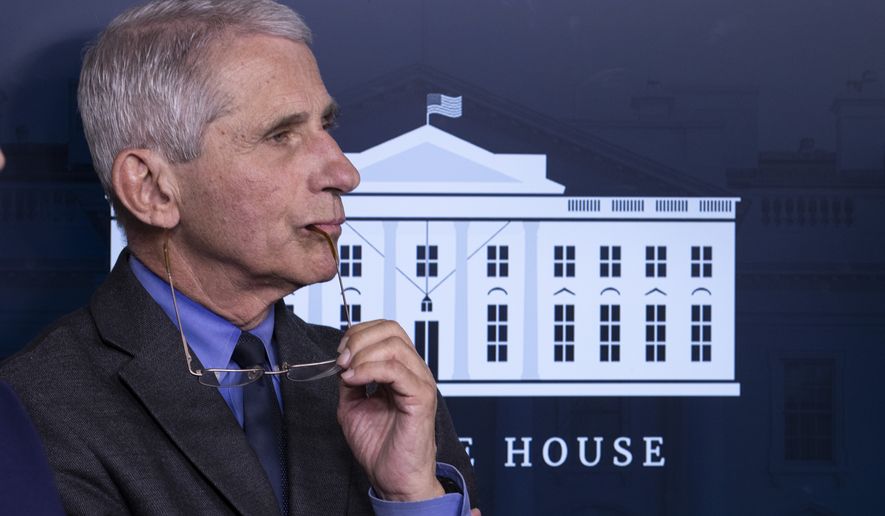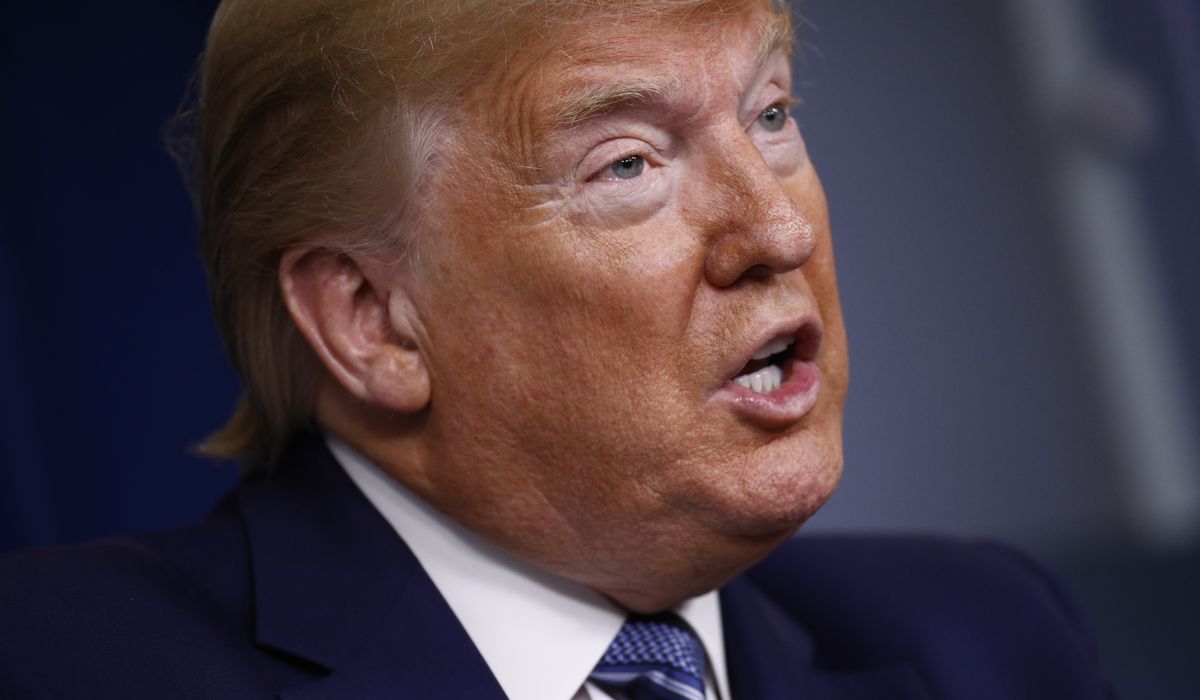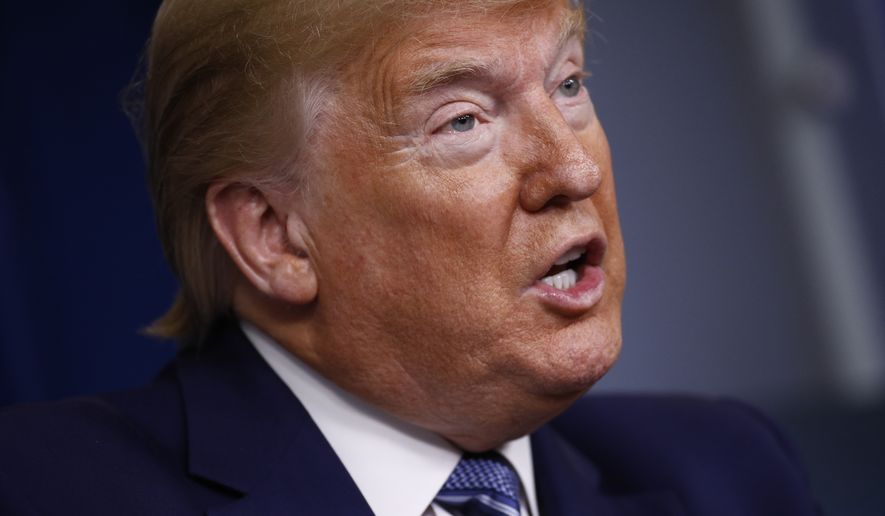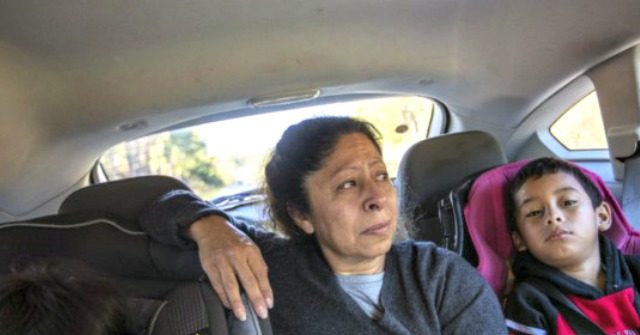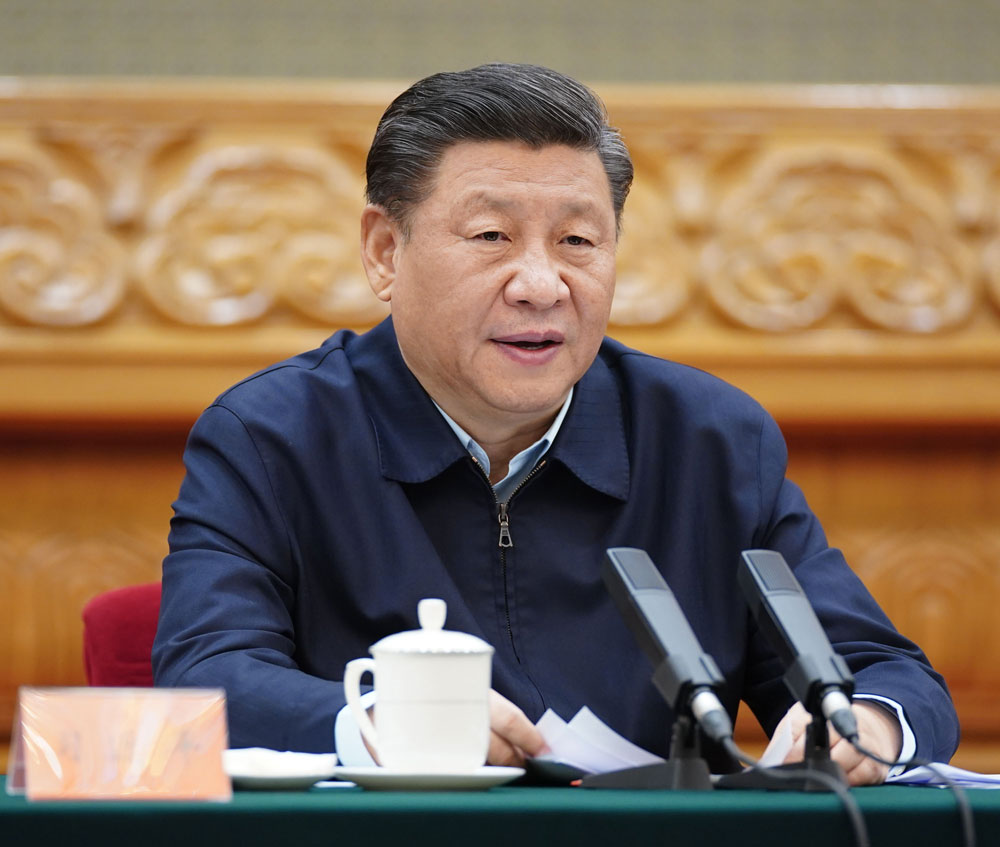MinnesotaSmith
Membership Revoked
Curve Ball: The Worst-Case COVID-19 Scenario Was Just Dramatically Cut by Modelers

BY VICTORIA TAFT APRIL 7, 2020

"The Institute for Health Metrics and Evaluation at the University of Washington in Seattle has just revised down its COVID-19 worst-case scenarios for the country.
One of the projected next hotspots, California, is projected to need only half the ICU beds, ventilators and critical hospital equipment than originally predicted because there will be many fewer COVID-19 cases, according to IMHE. All of the state's supplies are on hand, according to the survey.
 Twitter
TwitterIMHE has revised down the number of expected COVID-19 deaths from 6,100 to 1,783 in California.
The state's peak for the worst number of deaths originally was expected to be at the end of April; now it appears it will be mid-April.

KTLA
✔@KTLA
· Apr 6, 2020
A new projection from @IHME_UW shows California with fewer deaths and hospitalizations than previous forecasts, and a peak that will come sooner — on April 14 for hospital resources and April 17 for deaths https://ktla.com/news/california/revised-projection-forecasts-earlier-peak-fewer-covid-19-deaths-and-hospitalizations-in-california/ …

Revised projection forecasts earlier peak, fewer COVID-19 deaths and hospitalizations in California
California will see fewer deaths and hospitalizations due to the coronavirus pandemic than previously projected, with peak demand for health care resources now expected to happen sooner — but only …
ktla.com

KTLA
✔@KTLA
The data is dependent on continued adherence to social distancing guidelines through the end of May https://ktla.com/news/california/revised-projection-forecasts-earlier-peak-fewer-covid-19-deaths-and-hospitalizations-in-california/ …

Revised projection forecasts earlier peak, fewer COVID-19 deaths and hospitalizations in California
California will see fewer deaths and hospitalizations due to the coronavirus pandemic than previously projected, with peak demand for health care resources now expected to happen sooner — but only …
ktla.com
23
8:29 PM - Apr 6, 2020
Twitter Ads info and privacy
17 people are talking about this
IMHE says its constantly updated data now show fewer hospitalizations and deaths not only in California but across the country. And that's a reflection of the social distancing in effect throughout the country.
"In our latest update, we now estimate fewer total deaths (81,766) from COVID-19. On April 2, we had estimated a total of 93,531 total COVID-19 deaths, a difference of 11,765."

KTLA reports the projected number of deaths has taken a dramatic downturn.
Nationwide, the institute’s number of estimated fatalities in the U.S. dipped slightly in the past week, from 82,141 to 81,766. The range is 49,431 to 136,401; last week it was between 39,174 to 141,995.
While the modeling has been updated daily since being published, the latest numbers reveal a somewhat dramatic shift from just six days ago — the reflection of “a massive infusion of new data,” Dr. Christopher Murray, the institute’s director, said in a news release.
“As we obtain more data and more precise data, the forecasts we at IHME created have become more accurate,” Murray said.
Across the U.S., there will also be less of a need for hospital and ICU beds to deal with the outbreak than earlier figures showed, according to the institute. But there will still be an estimated shortage of roughly 36,654 hospital beds, including 16,323 ICU beds.
The nation's peak of deaths from COVID-19 is expected on April 16th with a projected 3,130 deaths.
The effort everyone has made to socially distance to flatten the curve is working. We'll see if the economic devastation the country has suffered in service to this has been worth it or a historical curveball."


